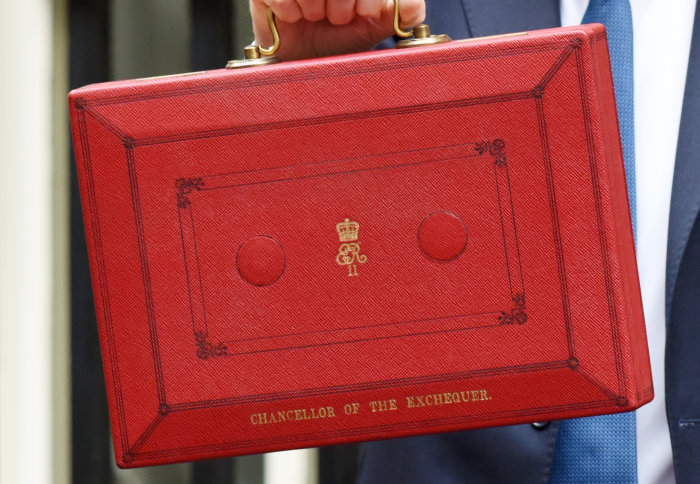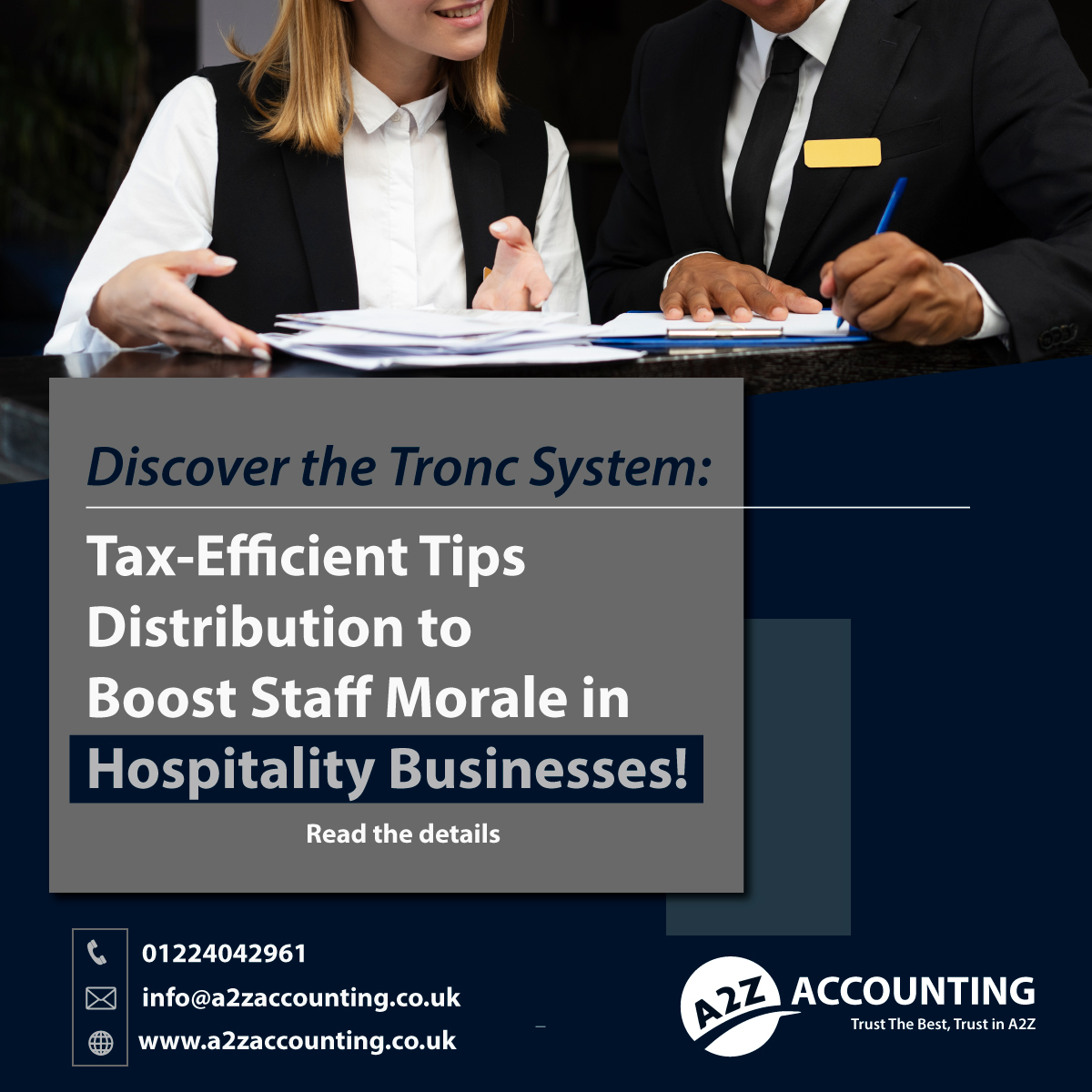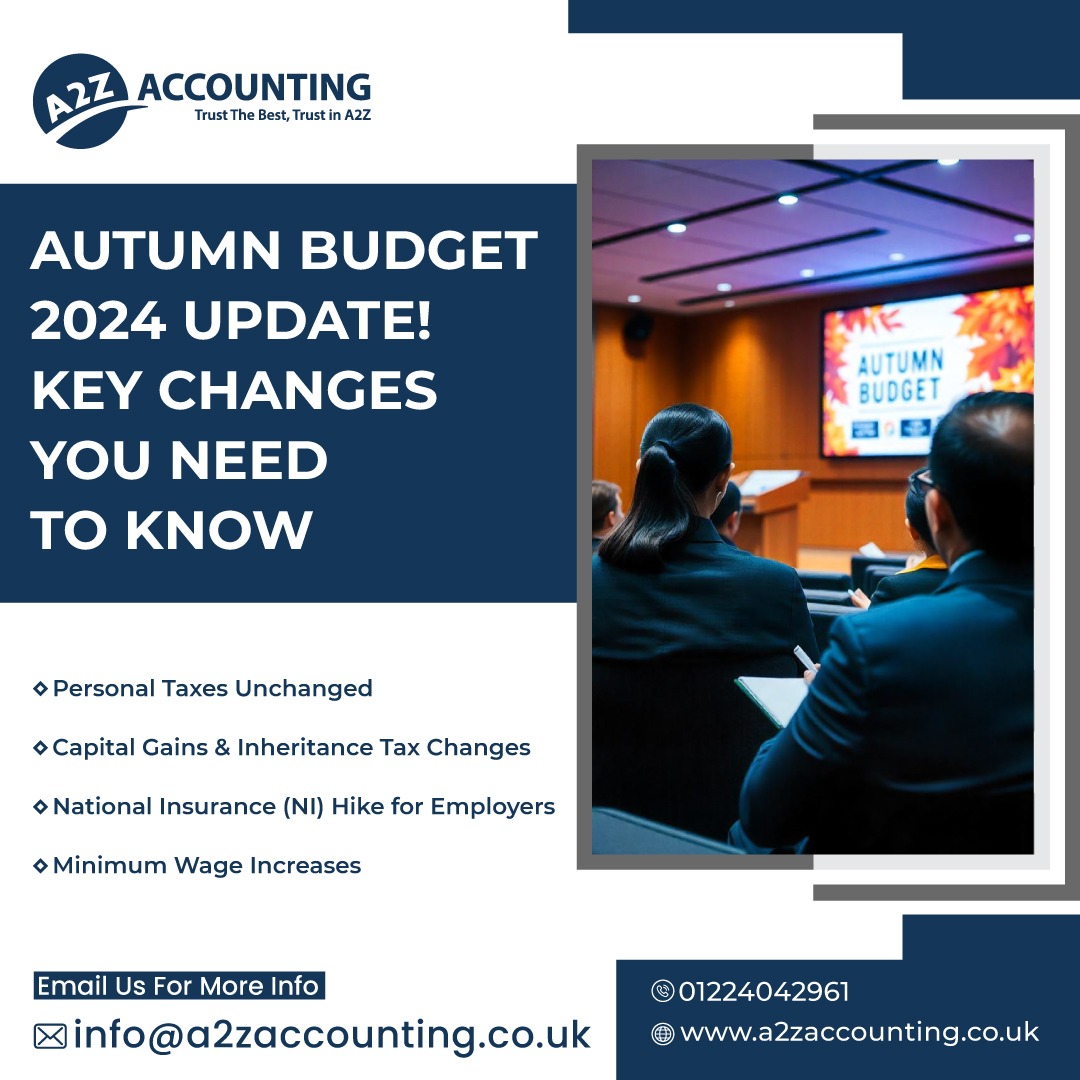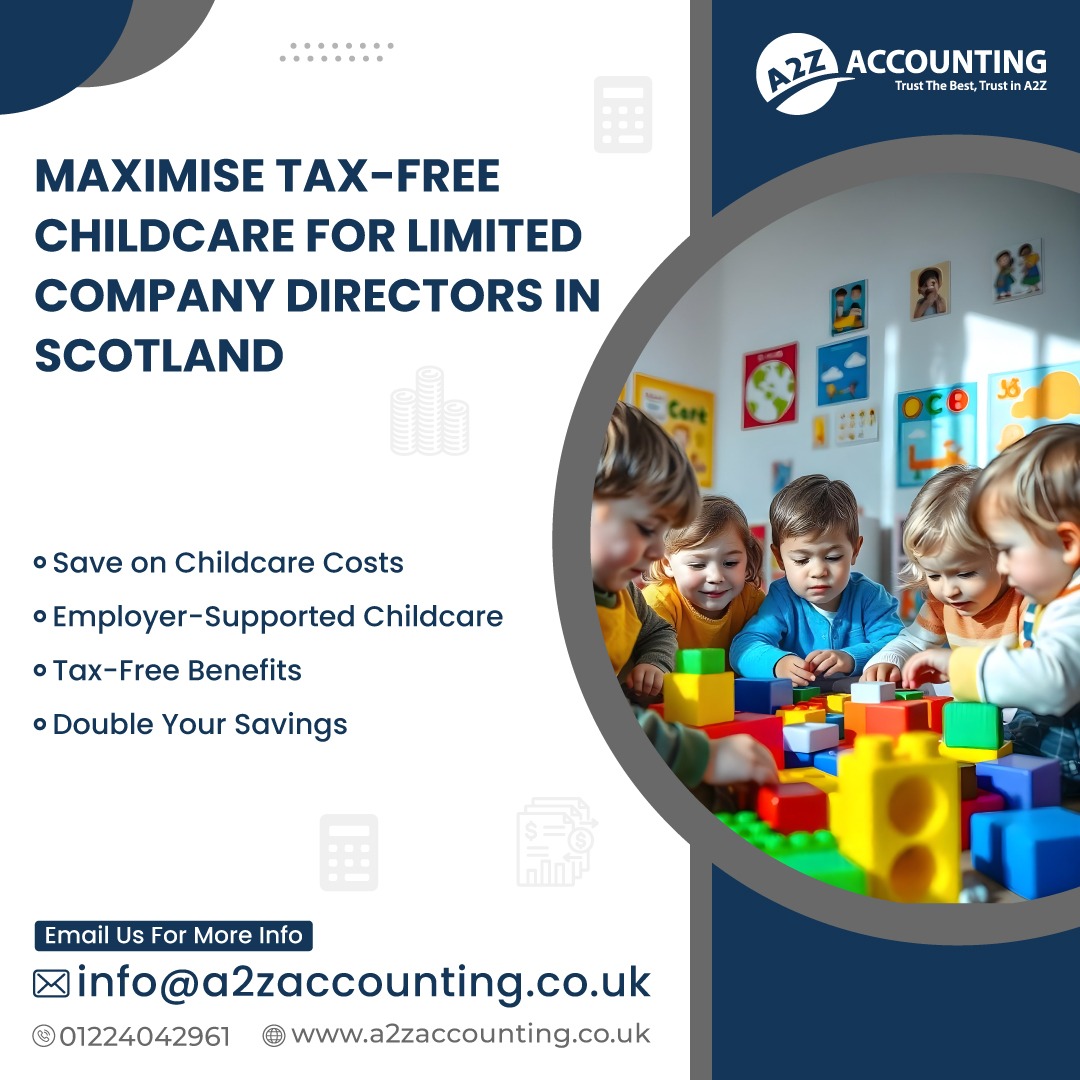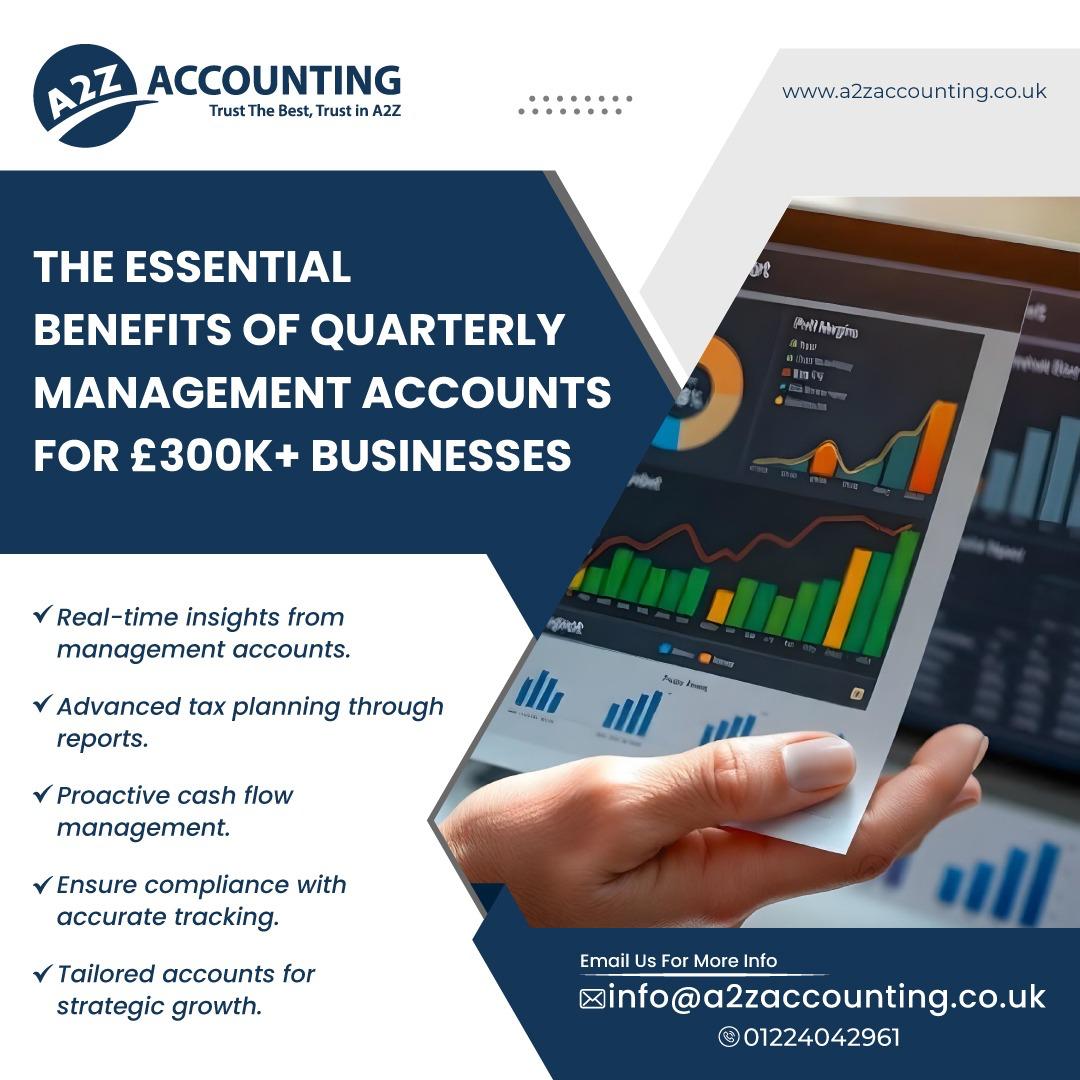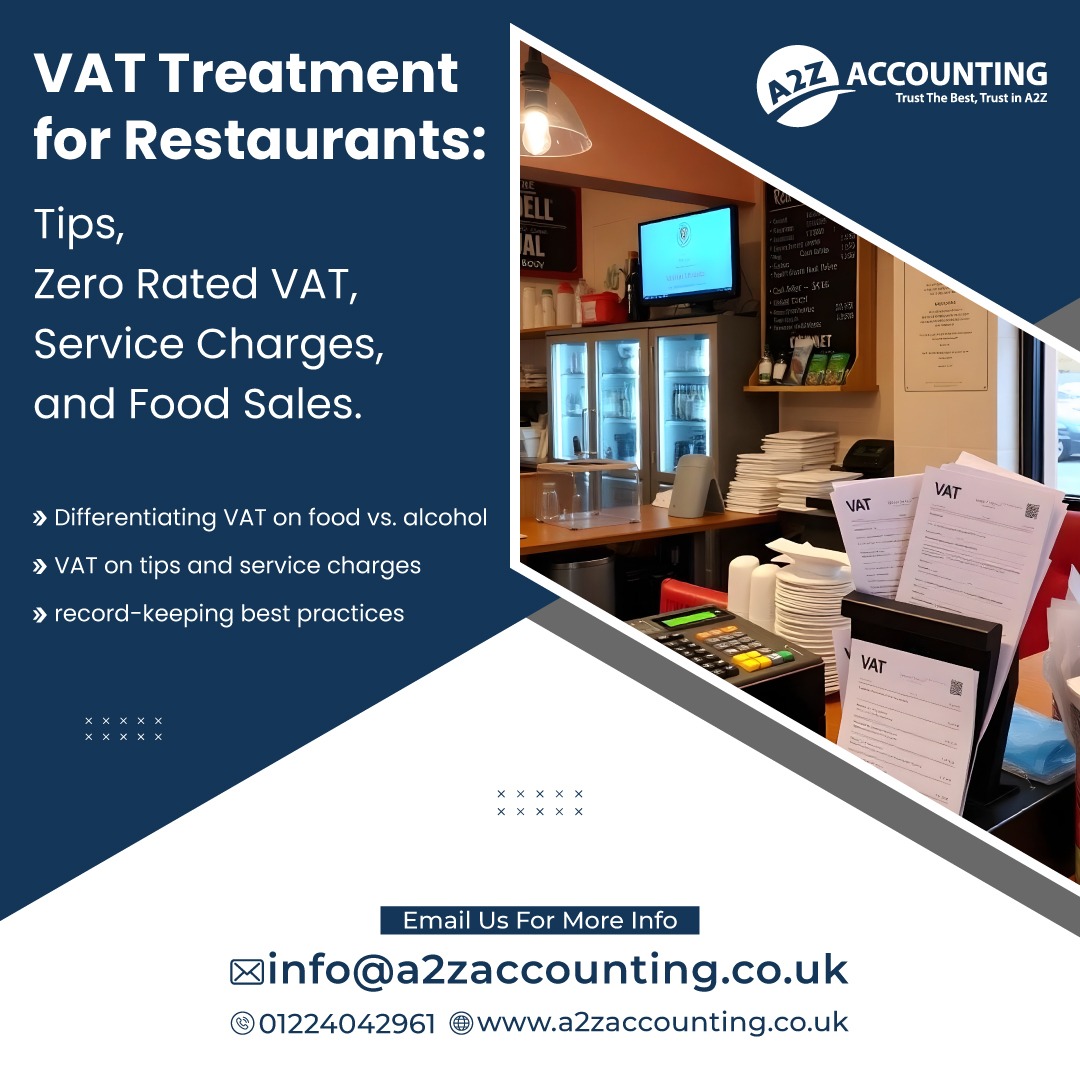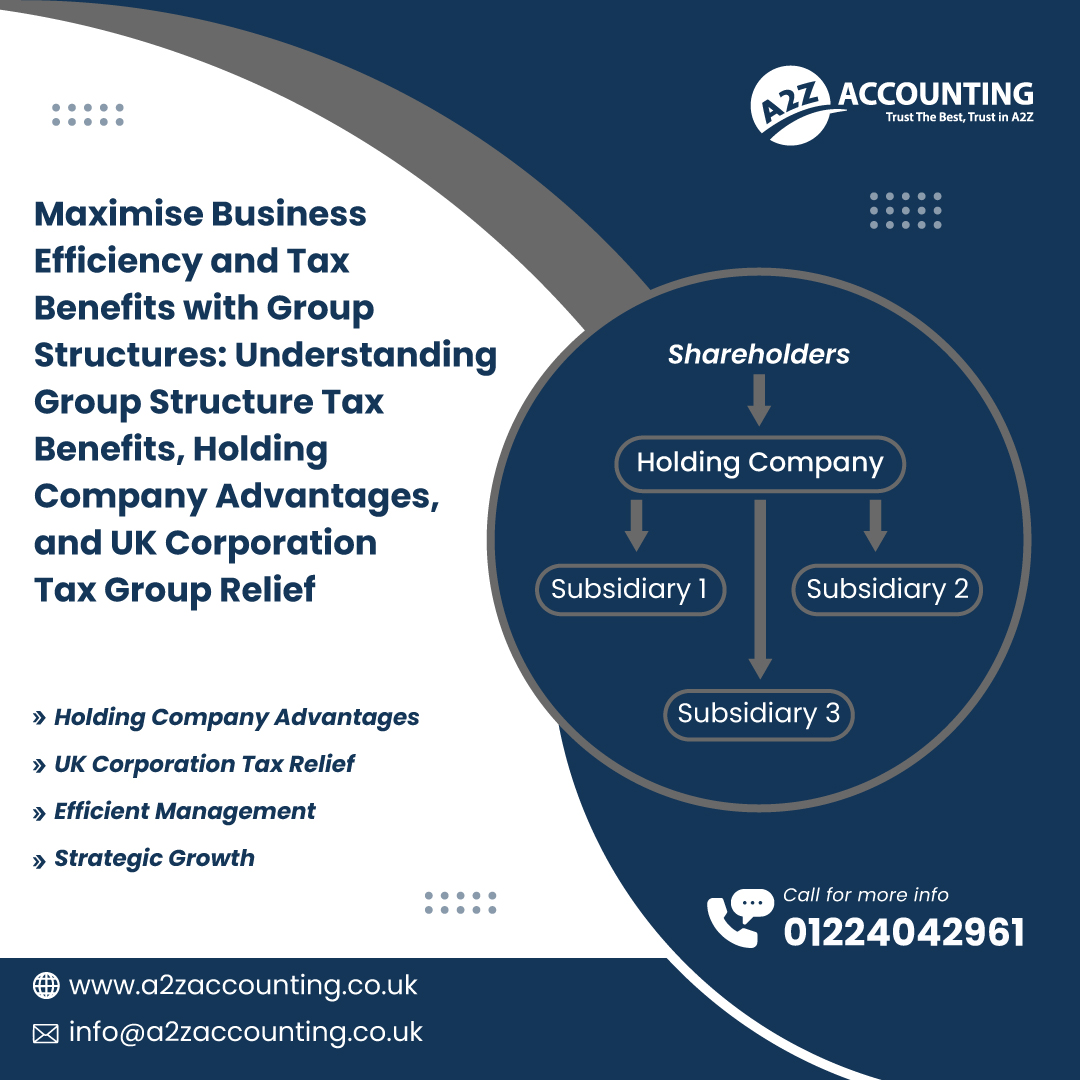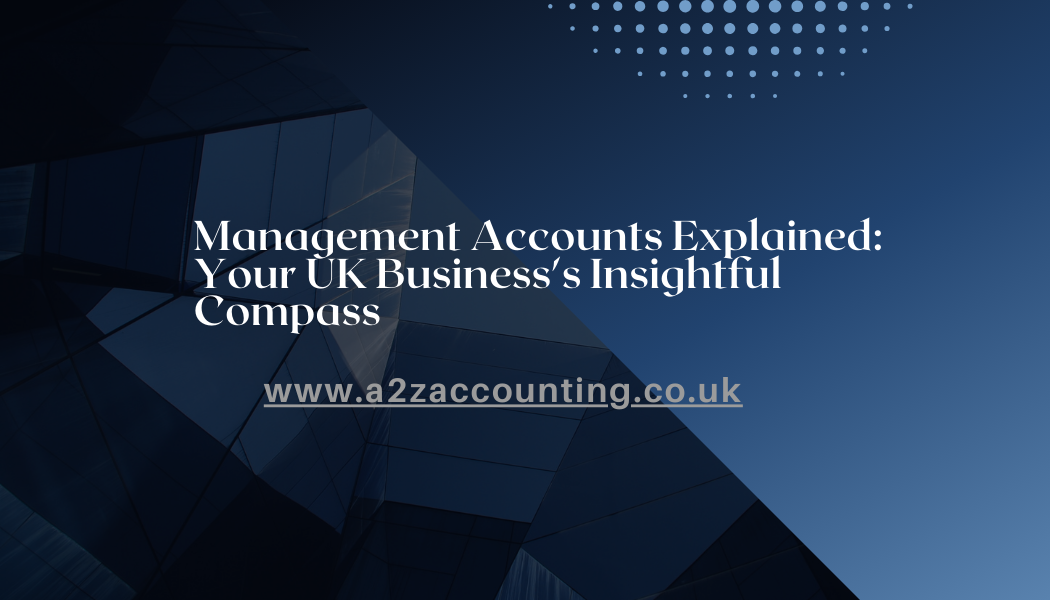The government have accumulated record amount of debts during the COVID-19 pandemic, which has inevitably forced the UK to now set a high tax, low spending trajectory of at least 5 years. No doubt we will be going through a very difficult time!
At A2Z Accounting, we have endeavoured to support all of our clients throughout COVID-19, which included offering free of charge processing of furlough claims, timely and accurately for everyone. This did put a huge amount of extra strain on our team and costs, but we did what we believed was right to support our clients through a difficult time! We will continue to do so now by providing advice and supporting our clients to plan and steer through what will be an unprecedented level of tax hikes!
Personal Income Tax (does not apply to Scotland)
The tax-free thresholds will remain unchanged. However, threshold for the additional rate of 45% tax will now be decreased from £150k to £125k (meaning the wealthiest will pay more). This affects England and Wales only as Scotland has its own income tax thresholds.
National Insurance
The primary threshold (amount above which employees pay NI) and the secondary threshold (amount over which employer’s pay NI) will be maintained at 12.57k and 9.1k respectively. The NI rates are going down from 13.25% and 15.05% to 12% and 13.8% respectively, from 6th November 2022. Payslips for November 2022 will reflect this positive change!
Employment Allowance
The total amount of credits applied before an employer starts paying Employer’s NI, will remain at 5k. Meaning you don’t pay employer’s NI until total Employer’s NI exceeds £5k in a tax year. Please note that this is not available to a company with just the director on payroll.
Corporation Tax
The main rate of tax on profits of limited companies will rise from 19% to 25% for profits over 250k from April 2023. For profits below 50k the rate will remain at 19% and for profits between 50k and 250k, a tapered relief will apply.
Dividends
Tax free dividend threshold will go down from 2k to £1k in April 2023 and further down to 0.5k from April 2024. This will increase total tax paid on dividends.
Capital Gains Tax
Tax-free threshold for profits on sale of personally owned property will reduce from £12,300 to £6,000 from April 2023 and further to £3,000 from April 2024. This means more tax when you sell properties and make a profit. Although, this can be minimised by some tax planning and will depend on various factors.
Annual Investment Allowance
100% tax relief on purchase of qualifying plant and machinery will remain at current threshold of 1m per annum.
Energy Costs – Domestic
The energy cost cap for an average household will be increased from £2.5k to £3.0k, from April 2023, leading to higher costs of lighting and heating.
However, support payments will be made to people on benefits of £900, pensioners of £300 and those on disability benefits of £150.
Energy Costs – Businesses
The Energy Bill Relief scheme will be in place effective from 1st October 2022 to 31 March 2023. The Government will provide relief by way of discount applied directly to the invoices from your energy suppliers. It should work out to be about 40% cost saving on the increased energy bills.
National Living Wage
The minimum wage will rise from April 2023.
National Living Wage £10.42 (currently £9.5)
21-22 Year Old Rate £10.18 (currently £9.18)
18-20 Year Old Rate £7.49 (currently £6.83)
16-17 Year Old Rate £5.28 (currently £4.81)
Apprentice Rate £5.28 (currently £4.81)
Accommodation Offset £9.10 (currently £8.70)
Excise Duty On Electric Vehicles
All electric vehicles will need to be paying Excise Duty from April 2025.
Research & Development (R&D) Tax Relief
For SMEs, the enhanced deduction of qualifying R&D costs has been reduced from 130% to 86%, while also the tax credit rate has been reduced from 14.5% to 10%. The Research & Development Expenditure Credit will increase from 13% to 20%. These are effective from April 2023.
Stamp Duty & Land Tax (only applies to England & Wales)
No Stamp Duty Land Tax on property purchases as per below, which will be maintained until March 2025.
• £250,000 for residential properties
• £425,000 for first-time buyers buying a residential property worth £625,000 or less
• £150,000 for non-residential land and properties
